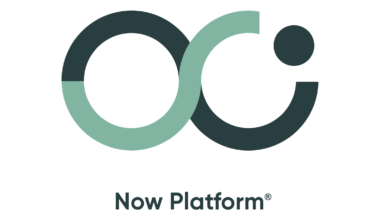Due to the unique and extraordinary challenges that arose in 2020, the need for modernization has been accentuated greatly. This year has demonstrated the importance of having an agile and responsive modern technology environment that can adapt to rapidly changing work environments. Modernizing legacy apps and systems is critical for delivering better quality software, running IT with more control and business insights, and meeting the overall needs of the business quicker and more effectively.
Here are 10 tips from CIOs and other leading technologists for modernizing legacy IT systems –
1: Know what you have – In order to modernize something, you need to have an idea of what it is you’re modernizing. An accurate inventory of all the technologies running in an organization and the corresponding business processes they support is essential to building a successful modernization strategy. While it may sound obvious, a lot of consultants and analysts say many CIOs don’t have a full account of all their IT systems and the work that those systems perform.
2: Prioritize projects based on business value – A lot of IT leaders find themselves facing a long list of systems that all need to be updated. It’s important to prioritize based on the value that will be returned to the business. Focus on the systems that will deliver tangible wins for the business when they’re modernized.
3: Calculate total cost of ownership – Identifying the potential returns for the business is only part of the financial calculation, CIOs should also calculate the total cost of ownership (TCO) for legacy systems and use that figure as a way to gauge priorities.
4: Create a business-backed modernization roadmap – Articulating the business reasoning for modernization is immensely important, modernization for modernization’s sake can be a losing proposition for CIOs. CIOs should use their analyses to develop a modernization roadmap that business counterparts will back.
5: Take an incremental approach – Modernization is not always a rip and replace, instead it is usually an incremental task. Think big but keep the execution iterative and your business will see value along the way.
6: Elimination is a viable option – Modernization doesn’t always mean your current system needs to be removed and then subsequently replaced or updated. Sometimes, elimination can equate to modernization. Consolidation can reduce complexity and conserve resources.
7: Don’t shortchange governance – As companies modernize with a move to microservices, developers can pick the technologies and tools they believe are best for the particular problems they’re solving and services they’re delivering.
8: Be selective with microservices – Many technologists immediately turn to microservices when they start a modernization project, thinking that this approach will be a silver bullet. Microservices work well in many cases, but they can create more problems and complexity than benefits in certain circumstances. An organization whose modernization initiative breaks down an app into hundreds or even thousands of microservices without the right environment and processes in place will find itself mired in complexities it can’t manage or scale. It would be more beneficial in such cases to stay with a larger, well-designed piece of modern software that’s more easily supported.
9: Skip ahead – Not all modernization projects need to follow step-by-step technology advancements. For example, while many developing countries handled their telecommunication projects in recent decades, many of them skipped over landline technologies and instead invested in the latest generation of mobile infrastructure.
10: Take a product-based approach – Organizations should move away from thinking that modernization projects have a start and end date and rather view them as a more fluid process where there is always room for more work. Modernization is not a point in time, but an ongoing effort.
For more insights, click here
Proven Optics can help you modernize your organization without sacrificing value. We help clients both in IT and Finance organizations implement financial management toolsets on SaaS platforms that leverage our 20+ years of practitioner experience and 100+ Commercial & Federal implementations. Our solutions enable financial management modernization to provide IT & Finance leaders with the necessary analytics and insights to make better business decisions. You can learn more by visiting our website at www.provenoptics.com. You can also view our latest whitepaper here – Campbell Soup: Delivering Old Fashioned Capability Through a Modern Approach.




